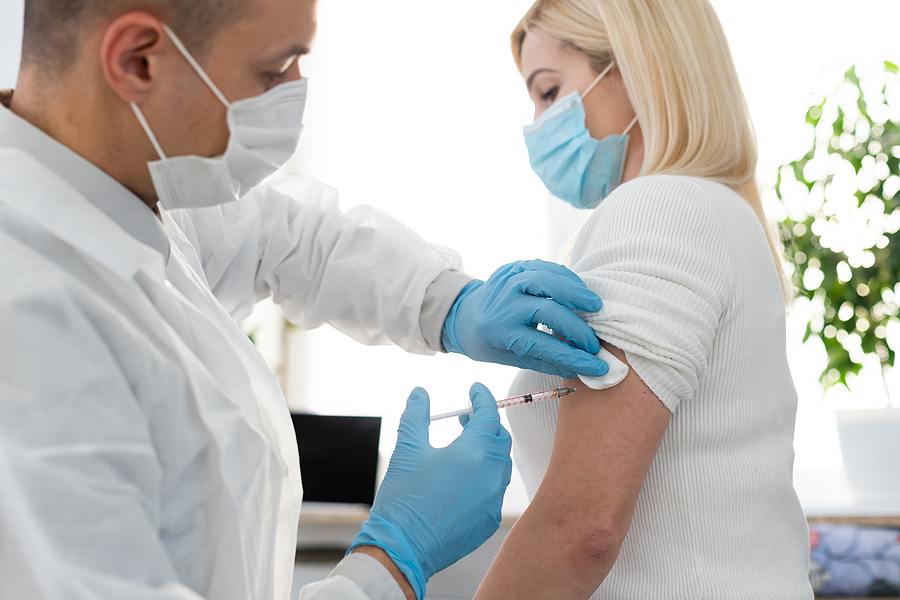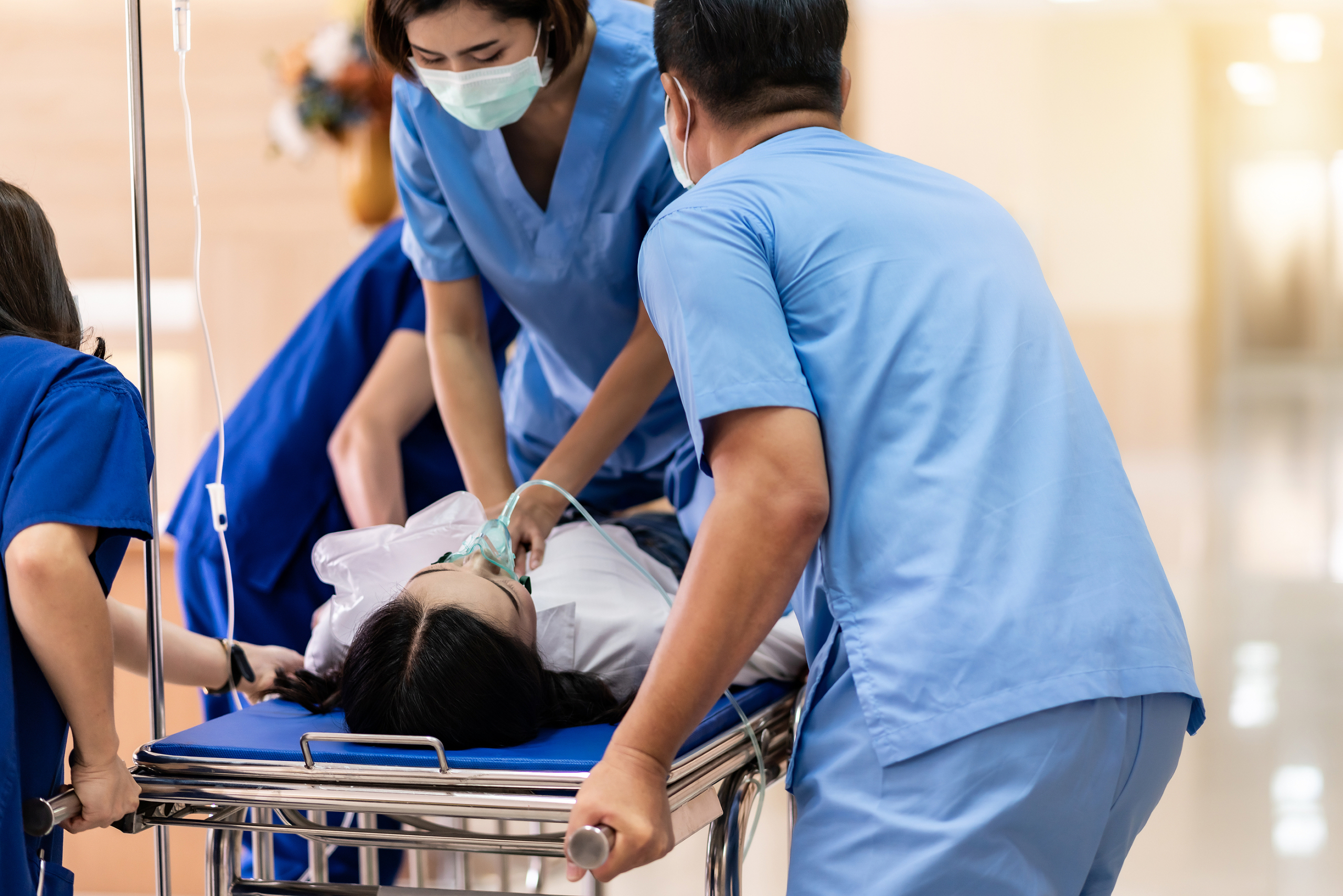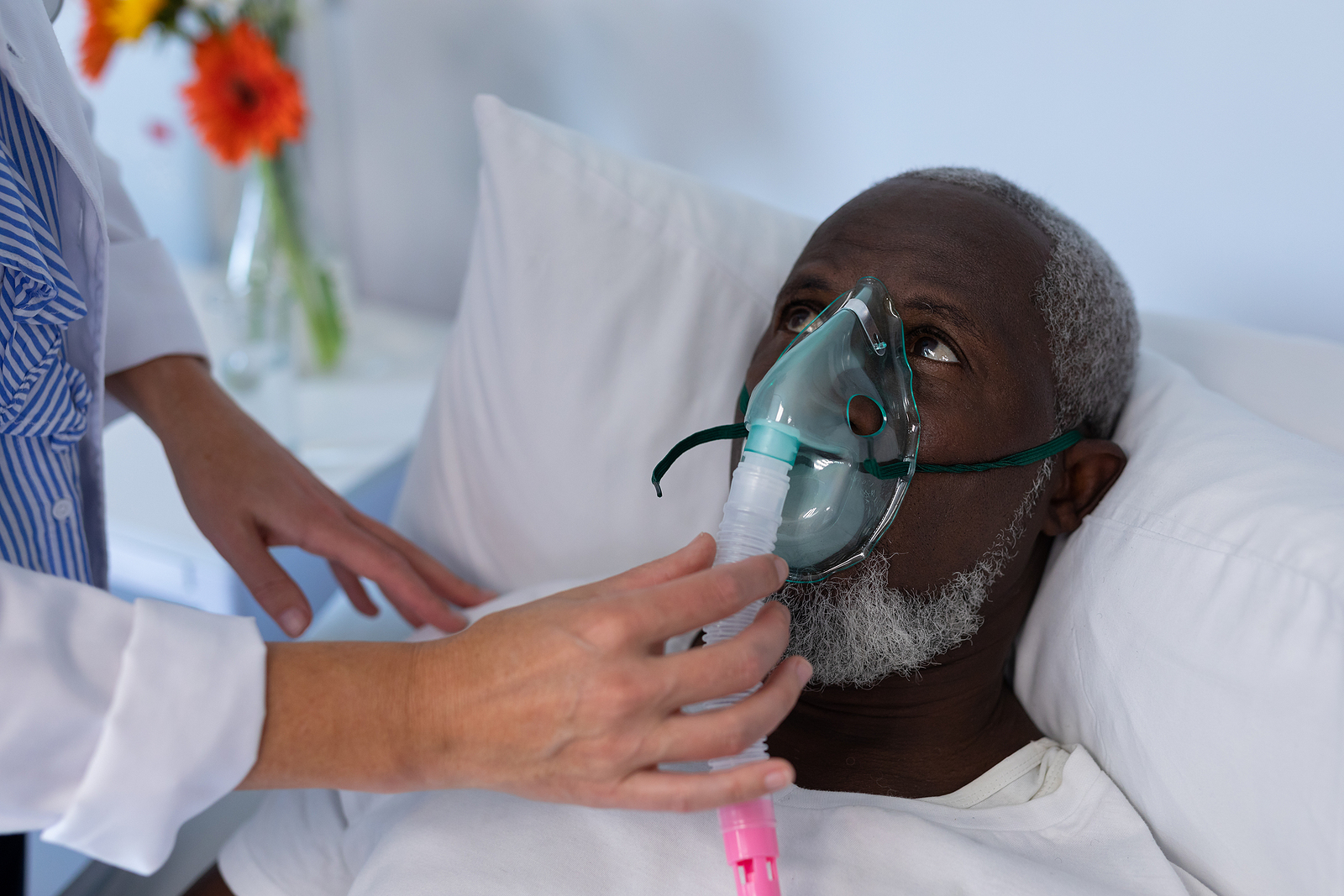Newsletter 2021
Newsletter May 2021: We must be in the first row
Gabriel M. Gurman, MD
Chief editor
gurman@bgu.ac.il
I am writing this without having any precise data about the percentage of the healthcare workers who have been already vaccinated against COVID- 19, neither in Israel nor anywhere in the world.
I can imagine that a high percentage of all those whose professional activity implies getting in contact with the population, and especially with patients, haves been already vaccinated.
But not all of them.
I do not have complete data on this topic, but some studies done in various countries surprisingly show that a significant proportion of healthcare personnel is not convinced, yet, that the vaccination against COVID 19 is an obligation.
Here are some numbers.
A survey done in Malta (1) among medical staff showed that only 50% declared themselves to be ready to get the vaccine, but 25% were undecided and another 25% decided to refuse it.
The situation in the Democratic Republic of Congo is even worse (2): only 27% of those among healthcare workers who have been interviewed on this subject declared that they are ready to get the vaccine.
Surprisingly enough, the data regarding the USA are not much better. Shaw et al (3) published last January the results of their survey among healthcare professionals, which show that only 58% of those questioned expressed the intent to receive the vaccine. Needless to emphasize the fact that vaccination of healthcare staff has a double role: personal immunisation but also as an example for all those undecided, yet, or for those who are against getting the vaccine, because of the unjustified fear of its secondary effects.
So, it is hard to believe that a large group of healthcare workers still hesitates or is even against the vaccine.
I have no data, too, regarding those who work in the domain of anaesthesia and critical care.
It is obvious that they are in the frontline of the war against the current pandemics, they come every day in contact with infected patients, and also they take care of patients who could be in the incubation period, not showing yet any sign of disease, but still being able to infect others.
Their daily work implies contact with patient’s secretions, and this could represent a real danger for any professional in the operating room or intensive care unit.
Clearly, the danger is here. As Chen et al (4) wrote: “Several anesthesiologists have been infected after providing tracheal intubation for confirmed COVID-19 patients, although the exact number of infected anesthesiologists is yet unknown. Meanwhile, because the operating room is a busy environment, it further increases the risk of nosocomial infections of the perioperative team including anesthesiologists”.
This is why I think that we, the anaesthesiologists, and all those who work with us, must be among the first who get vaccinated.
One cannot forget that the vaccine not only creates immunity against the virus but also could protect our own families and friends.
Besides, we should be an example for all other groups of professionals and also for the large population.
It is our task to positively influence those still undecided towards, getting the vaccine, and proving that it has no significant untoward effects. This Newsletter would be ready to host any data on this topic, sent by our members and readers from all over the continent.
References
- Grech V, Gauci C, Agins S. Early Hum Dev 2020 October 1;105213
- Nzazi MK et al. Pragmat Obs Res 2020;11:103
- Shaw J et al. Clin Infect Dis 2021, Janury 25.doi 10.1093/cd/ciab054
- Chen X et al. Anesthesiology 2020;XXX-00-00
Read our Monthly newsletter.
Read More of our special newsletter covering our virtual congress.
Visit our COVID-19 Resource Hub for other news and resources.











